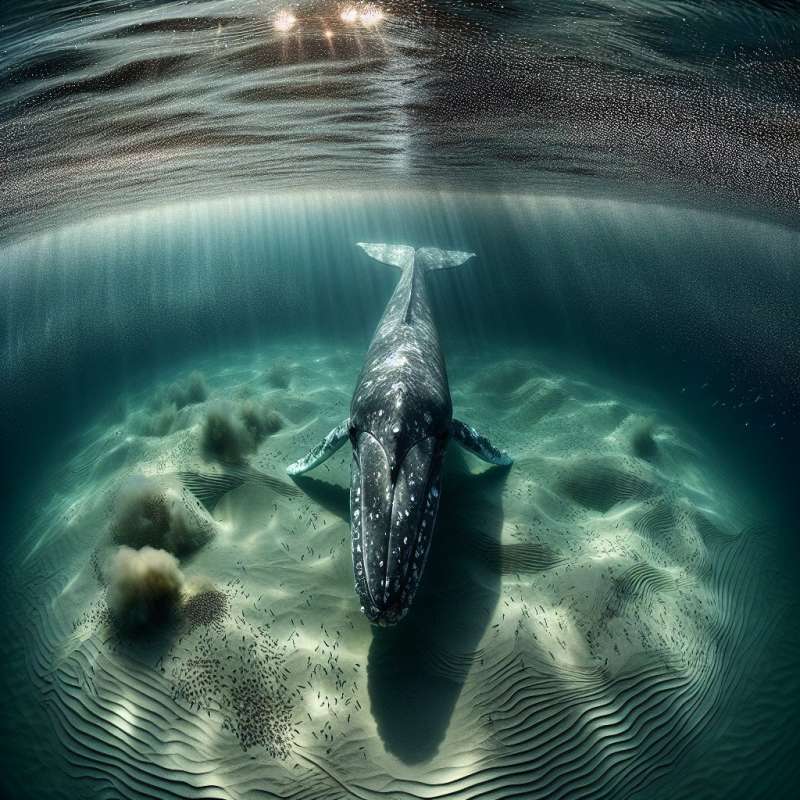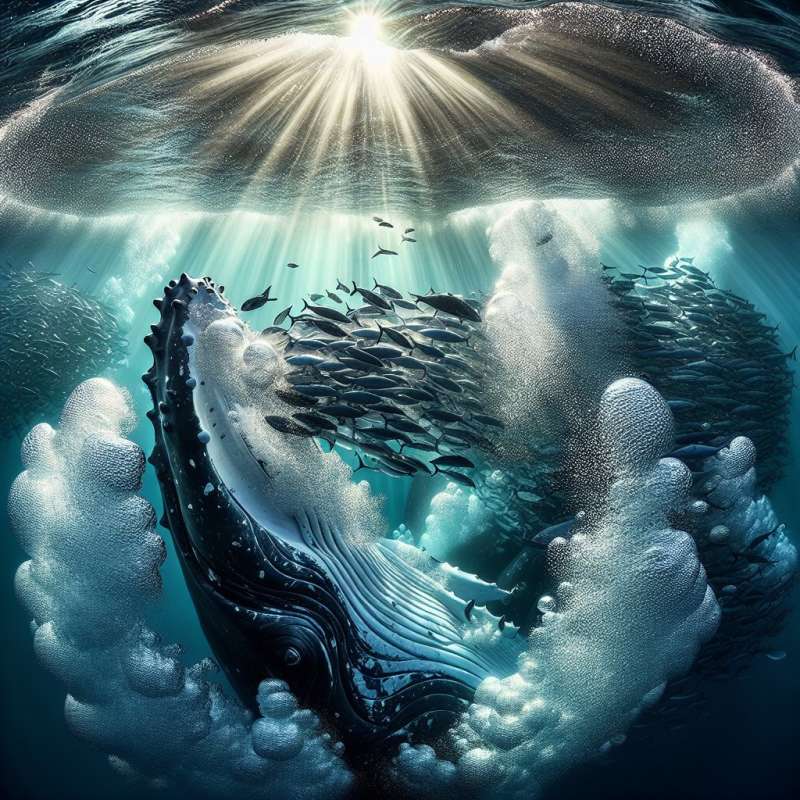
Whales: Gigantic Marine Feeders
Whales are diverse in diet, ranging from tiny krill to large marine mammals. Their feeding habits are adapted to their environment and can even influence ocean ecosystems and carbon sequestration.
Blue Whales: Krill Connoisseurs
Blue whales, the largest animals on Earth, consume about 4 tons of krill daily. They use baleen plates to filter these small crustaceans from the water, a method called filter feeding.
Orcas: Versatile Apex Predators
Orcas, or killer whales, have diverse diets including fish, seals, and sometimes whales. They are known for sophisticated hunting techniques like wave-washing seals off ice floes.
Sperm Whales: Deep-Diving Hunters
Sperm whales dive over 2,000 meters to hunt squid, including the elusive giant squid. Their diet can be studied by examining squid beaks found in their stomachs.
Gray Whales: Benthic Foragers
Gray whales scrape the ocean floor for amphipods and other benthic creatures. Their feeding grooves can create significant changes in the seafloor landscape.
Humpbacks: Ingenious Bubble-Netters
Humpback whales use a unique method to trap schools of fish called bubble net feeding. They create 'nets' of bubbles to corral prey before lunging mouth-open to consume large quantities.
Baleen vs. Toothed Whales
Whale feeding strategies differ between the two suborders: baleen whales filter feed on small organisms while toothed whales have teeth for grasping larger prey, reflecting their varied diets.Whale Ears Surprise
Whales use their jawbones to hear underwater, transmitting sound vibrations directly to their inner ears.
What diet influences ocean ecosystems?
Large mammal diet
Whale diverse diets
Krill-only diet
Company